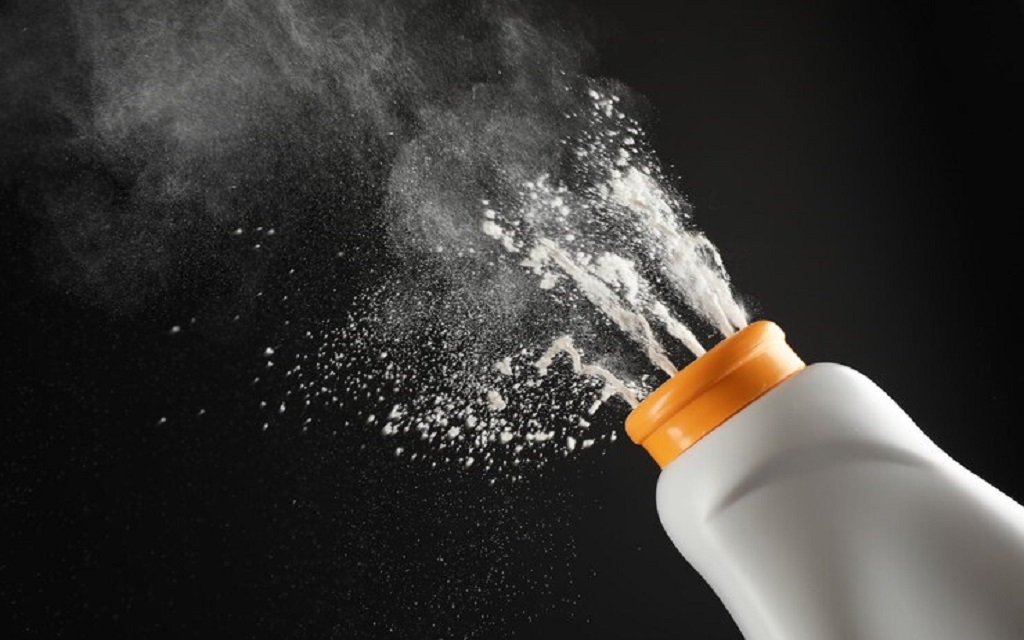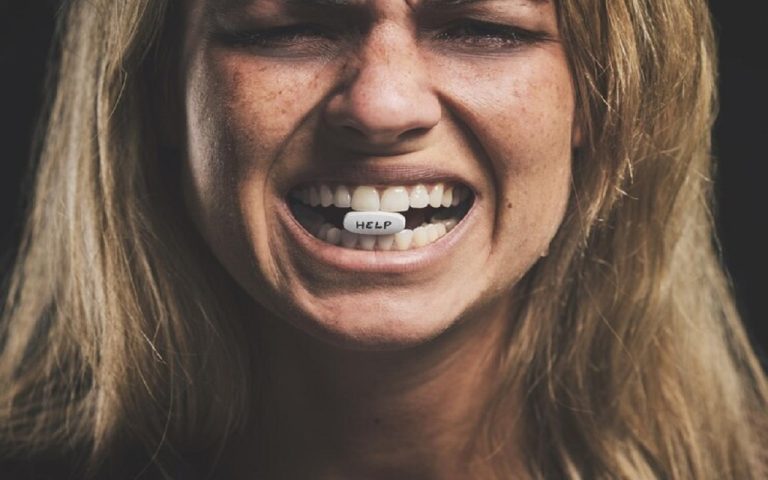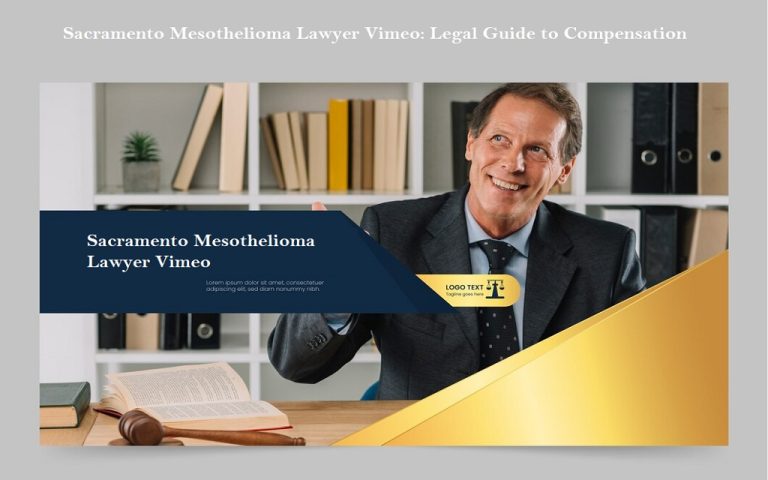The lawsuit against Johnson & Johnson may have caught your attention. The lawsuit against Johnson & Johnson has become a landmark case in terms of corporate accountability. Thousands of consumers accused the company’s talc-based baby powder of having asbestos, a dangerous carcinogen. This decades-long, billion-dollar legal battle has significantly altered the public’s perception of a once-reliable brand.
These days, many people are interested in the specifics of talc cancer cases. It is essential to understand the background of the lawsuits and how they have affected public safety. You should understand what courts have decided and how they may impact future claims. This article offers a comprehensive and in-depth analysis of the Johnson & Johnson Lawsuit, including a Detailed legal breakdown.
Why the Lawsuits Started
You should begin with the product at the center of the lawsuits. Johnson & Johnson’s baby powder became widely used across households. Many used it daily for personal hygiene. It contained talc, a soft mineral. Talc is often found underground close to asbestos.
Understanding that asbestos is a known carcinogen is crucial. Asbestos exposure can result in severe ailments. You could be at risk for mesothelioma or ovarian cancer. Thousands of people connected the usage of baby powder to their cancer diagnosis.
Johnson & Johnson was aware of the asbestos danger, according to internal papers. Records from the company show that since the 1970s, there have been indications of asbestos in their goods. The product remained on store shelves despite the findings.
Scientific Evidence and Health Risks
Asbestos and talc frequently coexist in natural deposits. Users may have health problems if asbestos is not adequately filtered during talc mining. Years of exposure can cause long-term lung issues or cancer. Asbestos fibres can cause serious health hazards when breathed or absorbed over time, such as:
- Ovarian cancer
- Mesothelioma
- Lung cancer
- Chronic respiratory conditions
Many experts and public health organisations now agree that talcum powder causes cancer. The Johnson & Johnson baby powder case was based on these health consequences.
You should understand how this affects consumers. Women who used baby powder in the genital area reported high ovarian cancer rates. People also developed mesothelioma after inhaling the powder. Multiple health studies support this connection.
A 2019 study in the Journal of Occupational and Environmental Medicine found a link between ovarian cancer and long-term talc usage. A 2020 study linking asbestos in talc to an increased risk of cancer was published in the International Journal of Environmental Research and Public Health.
Major Johnson & Johnson Lawsuit Milestones
You should know about several key legal events in this case. Each shifted the direction of the lawsuits.
- In 2018, a Missouri jury awarded $4.69 billion to 22 women. They claimed baby powder caused their ovarian cancer. The jury agreed.
- In 2020, Johnson & Johnson removed talc-based baby powder from shelves in the United States and Canada.
- In 2021, the company created LTL Management. It moved all talc-related liabilities to this new unit.
- In 2023, a federal court rejected LTL Management’s bankruptcy. The court stated that Johnson & Johnson did not meet the financial hardship requirements.
- In 2024, Johnson & Johnson paid $700 million to settle state-led consumer protection claims. The payout resolved marketing fraud allegations.
Each verdict and settlement gave victims a stronger legal standing. It also revealed how long the company had access to the internal warnings.
How Many Lawsuits Has Johnson & Johnson Faced?
As of 2025, more than 50,000 lawsuits have been filed. Most claimants are women. They used the powder for years. They now suffer from ovarian cancer or mesothelioma. Courts combined many of the cases into multidistrict litigation.
You may wonder how so many lawsuits emerged. Many personal injury lawyers ran awareness campaigns. They helped victims connect their symptoms to talc use. People who never suspected the powder became suspicious after learning the facts.
Despite many cases being dismissed or settled confidentially, several high-profile trials have resulted in multi-million-dollar and multi-billion-dollar verdicts.
Discontinued Sales and Product Withdrawal
Johnson & Johnson stopped selling the talc version of its baby powder. You should note that the company announced the global discontinuation in 2023. They replaced the formula with a cornstarch version. The company did not admit guilt. It cited declining sales.
Many consumers viewed the move as a defensive response. Analysts noted a decline in brand trust. Store chains removed the product before the announcement.
Legal Strategy and Bankruptcy Attempt
You may have heard about the company’s bankruptcy move. Johnson & Johnson employed a legal tactic known as the Texas Two-Step. It created a new company. The new company, LTL Management, held all liabilities. It filed for bankruptcy.
You should understand the intent. Johnson & Johnson hoped to pause lawsuits. Bankruptcy would also limit payout amounts. Courts rejected the move in 2023. Judges ruled that Johnson & Johnson remained financially strong. The company was unable to utilize bankruptcy protection.
This decision paved the way for further trials. Plaintiffs gained momentum. You may see more cases pushed forward in 2025.
The $700 Million Settlement and Government Action
In 2024, the company paid $700 million. This amount went to settle claims filed by multiple U.S. states. Attorneys general accused Johnson & Johnson of misleading consumers. They stated that the company promoted talc-based products without providing proper safety warnings.
It is essential to note that this deal did not impact personal injury lawsuits. People can still sue if they developed cancer from using the powder. The government settlement focused on consumer protection.
The FDA also reviewed testing standards for cosmetic talc. Lawmakers now demand stricter regulation. You may see changes in product labelling soon. Bills in Congress aim for greater disclosure of talc-based products.
Brand Image and Public Reaction
You may have noticed the brand damage. Johnson & Johnson lost public trust. Consumer forums now host angry reviews. Many health influencers stopped endorsing the brand. Drugstores cut shelf space.
Key effects include:
- Product boycotts and social media backlash
- Declining baby powder sales and shelf removals
- Shareholder concerns over long-term liability
- Reputational damage to affiliated health and beauty brands
The lawsuit has become a textbook case of corporate crisis management, where public trust, transparency, and ethics collide.
A 2023 consumer trust index from Edelman ranked Johnson & Johnson 20% lower than its 2019 rating. This decline followed media reports on asbestos findings. You may see people shifting to natural alternatives for baby care.
Regulatory Action and Government Response
In addition to civil litigation, regulatory bodies have taken notice. The FDA, Federal Trade Commission, and state attorneys general launched investigations into Johnson & Johnson’s marketing and testing practices.
Several lawmakers have called for stricter rules on talc-based products, including:
- Mandatory asbestos testing
- Clearer product labeling
- Public reporting of contamination risks
This increased oversight pushes companies to prioritize consumer safety and corporate accountability.
Johnson & Johnson’s Defense: What the Company Says
Despite mounting lawsuits and settlements, Johnson & Johnson continues to maintain that its talc products are safe. Key points in its defense include:
- Independent lab tests show no asbestos in recent batches
- Arguments that scientific evidence linking talc to cancer is inconclusive
- Claims that jury awards were excessive or based on emotion
The company says it agreed to settlements to “avoid prolonged litigation,” not because it admits fault.
Future Settlement Outlook
Law experts expect more payouts. You may see a global settlement deal in 2025. Such deals create a fund for all current and future claims. Experts predict that the fund may exceed $8 billion.
Johnson & Johnson still denies liability. The company may fight each case in court. Still, many plaintiffs hold strong evidence. Courts now recognize the pattern of negligence.
If you developed cancer after using talc powder, you should consult a product liability lawyer. Legal teams now focus on gathering proof of exposure. They also collect medical documentation and usage history.
Conclusion
You now have the whole picture. Johnson & Johnson faces tens of thousands of lawsuit. Many victims suffered life-changing illnesses. Courts ruled in favor of the plaintiffs multiple times. Company tactics slowed the legal process, but failed to stop it.
You may need to act soon. Statutes of limitation apply to personal injury claims. It is essential to speak with a lawyer. You should also review your past usage of talc-based powders.
Lawsuits reveal more than legal issues. They expose the importance of safety and truth in consumer health. You deserve answers and legal support if you suffered harm from a product that should have been safe.
Must Read: Talc Powder Ovarian Cancer Lawsuit: What Victims Need to Know




